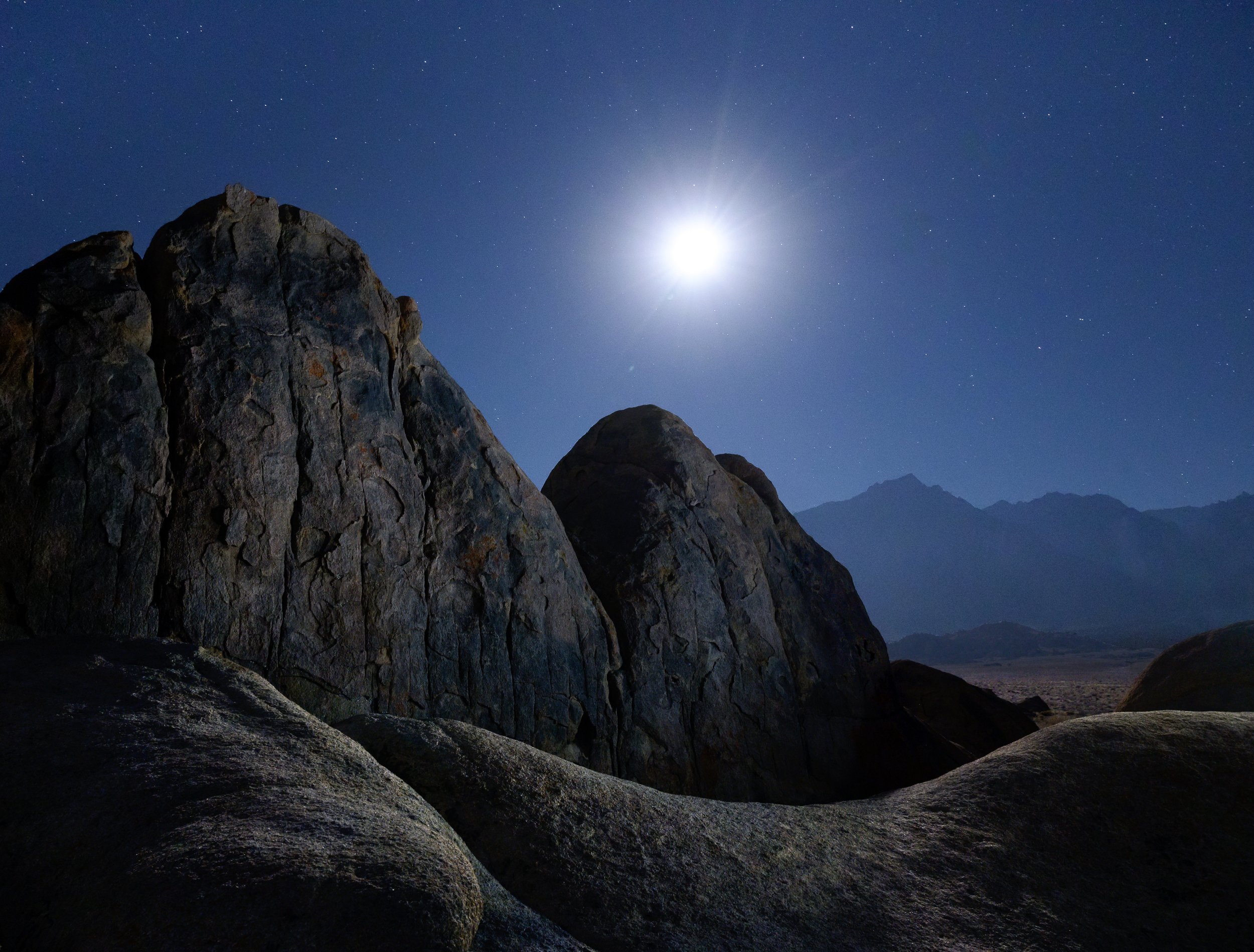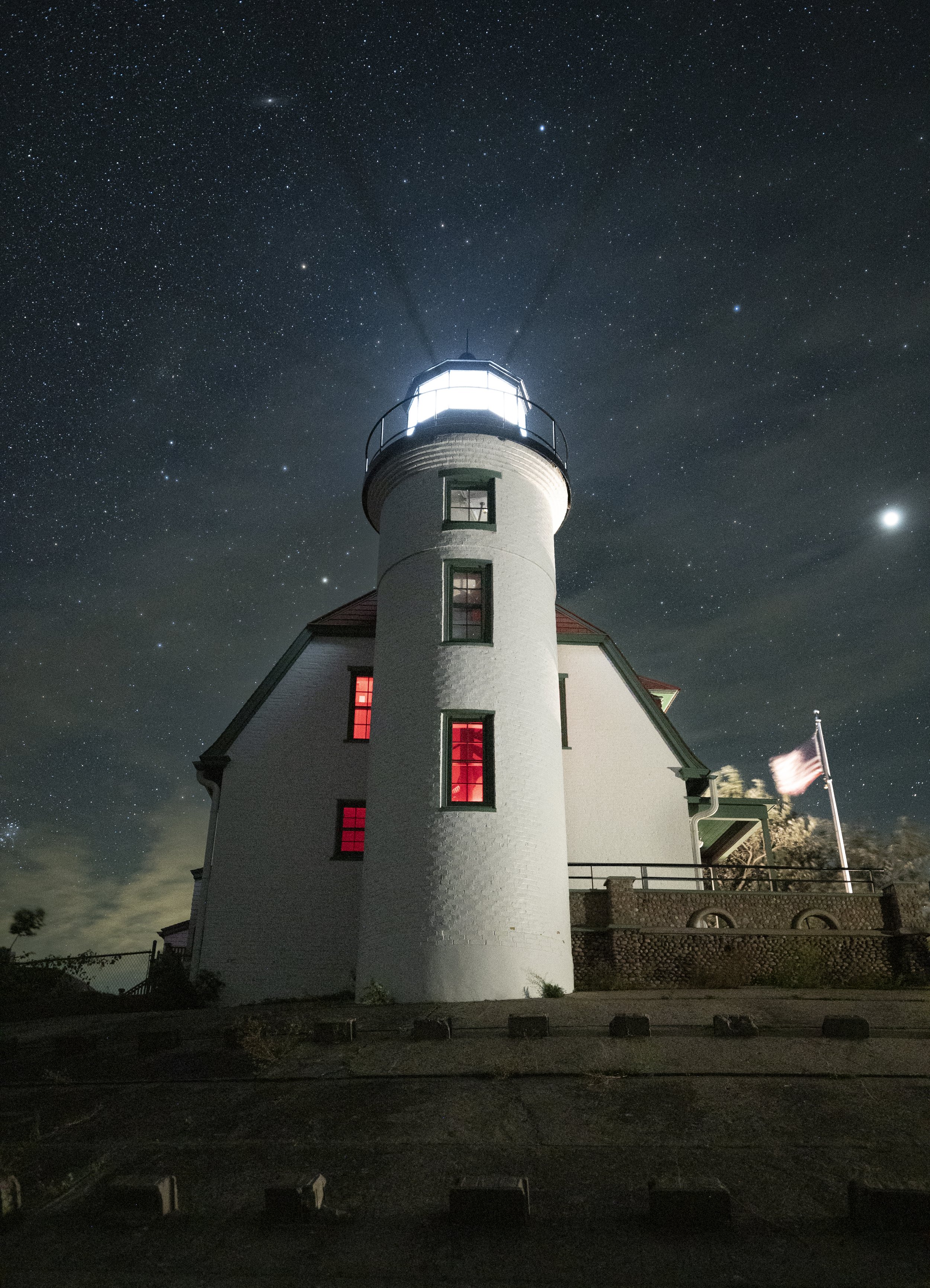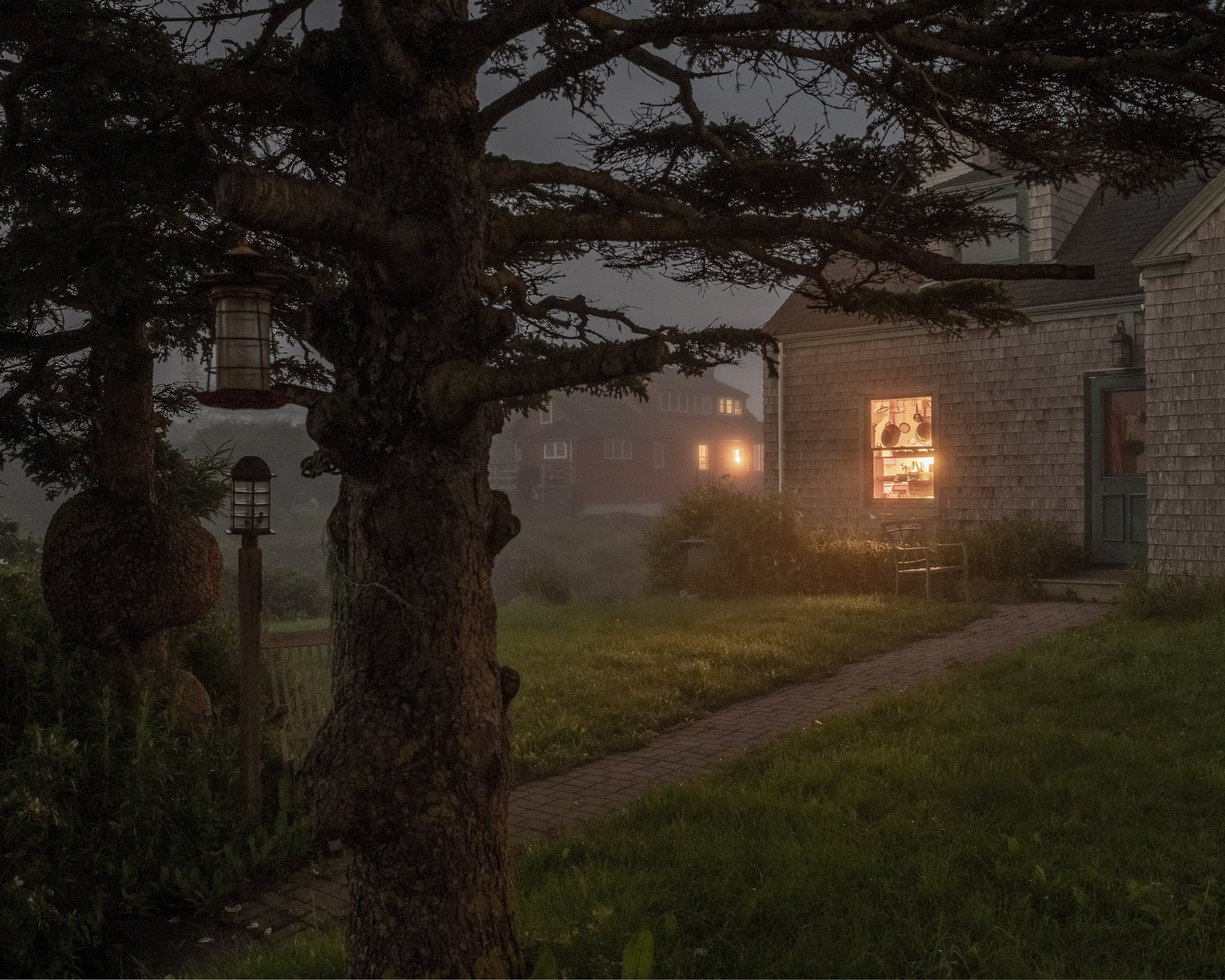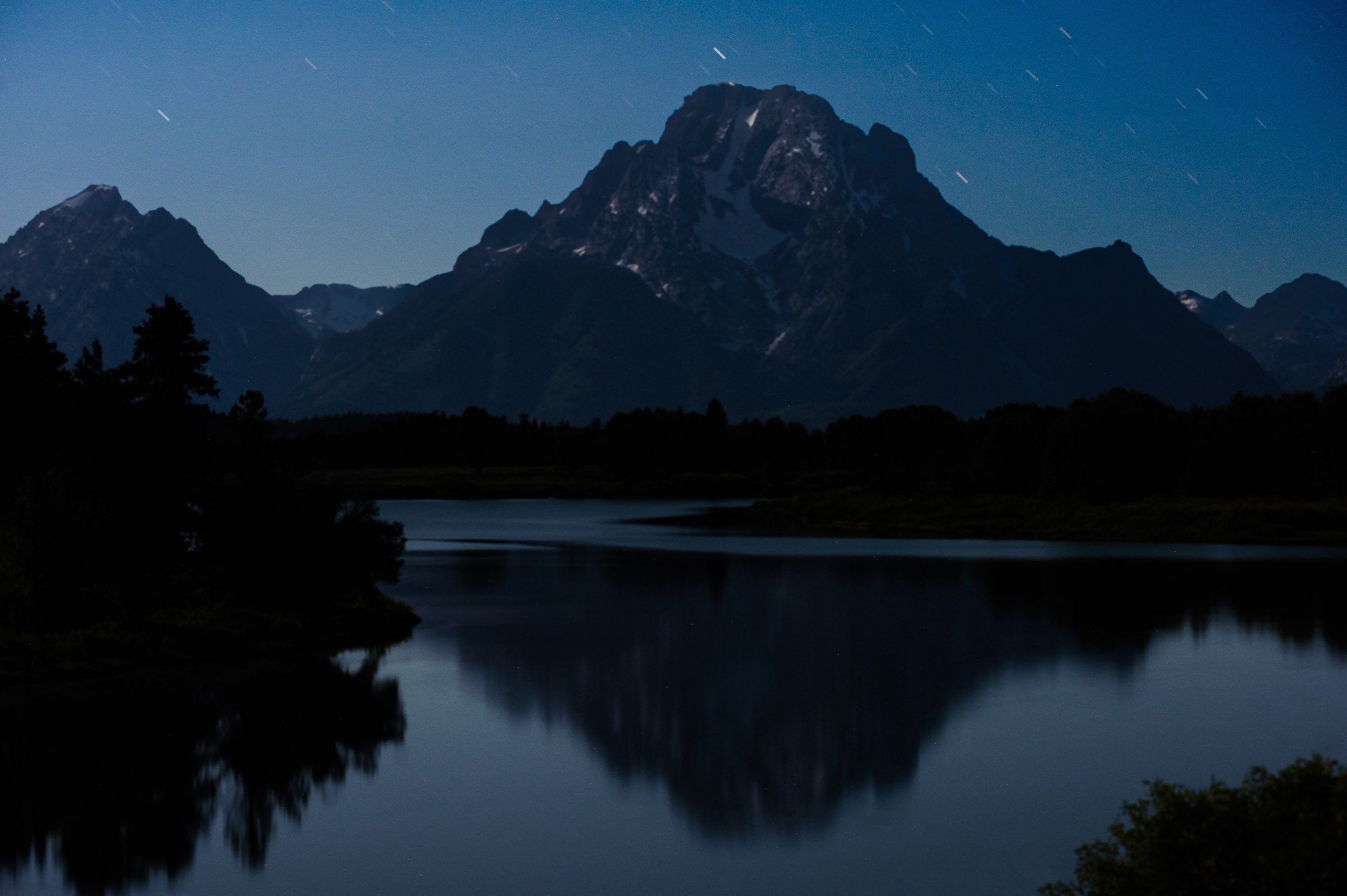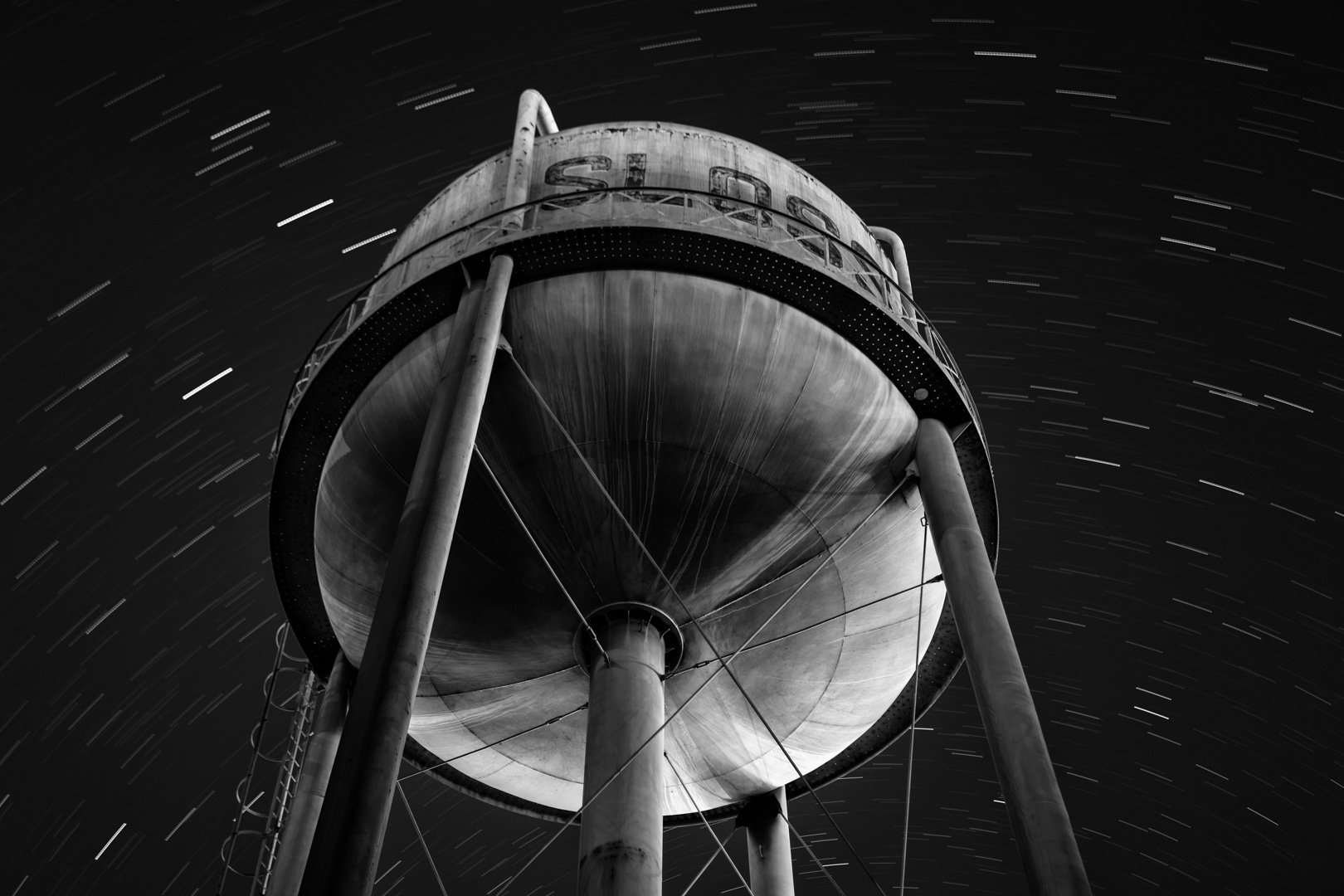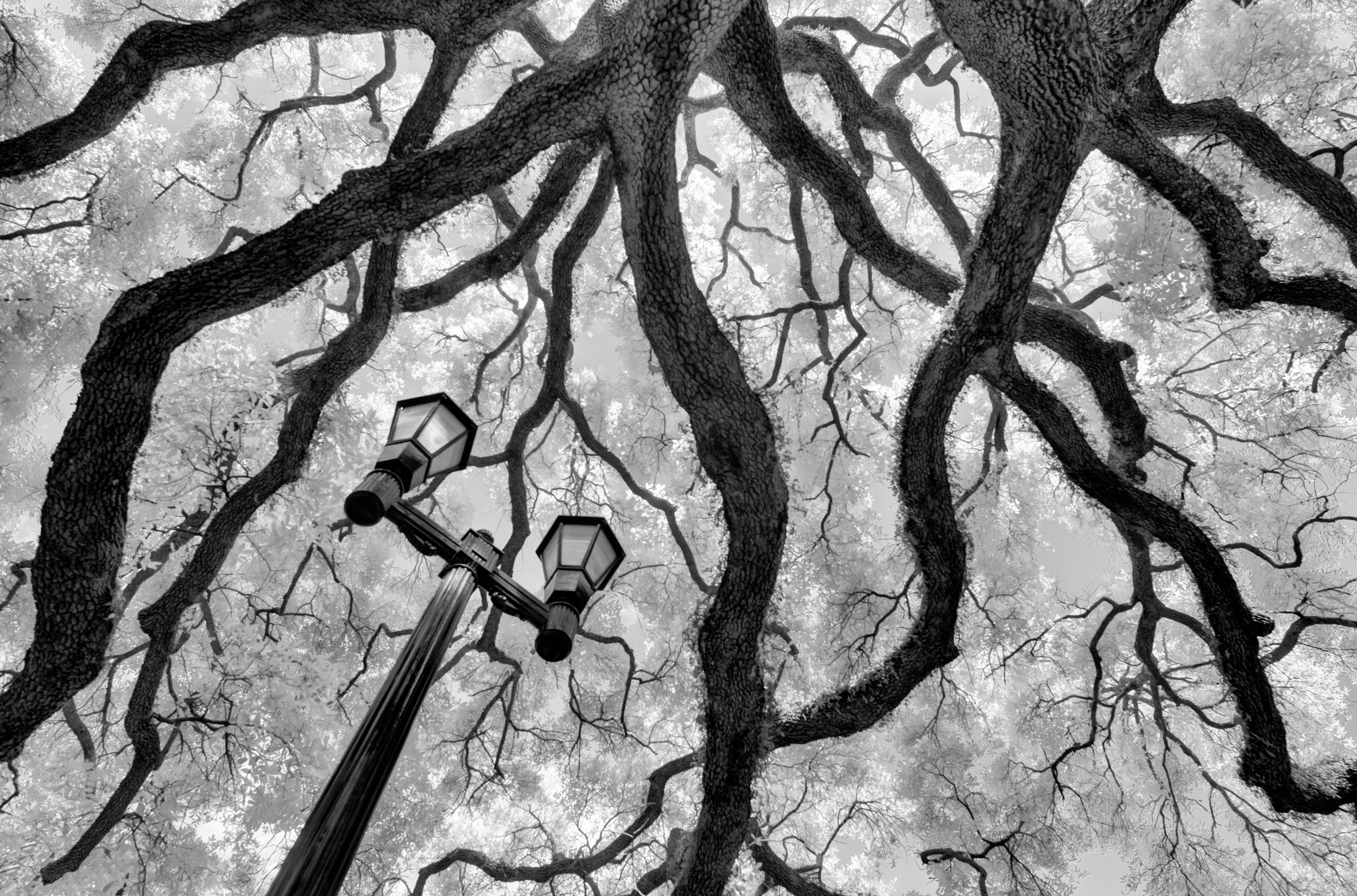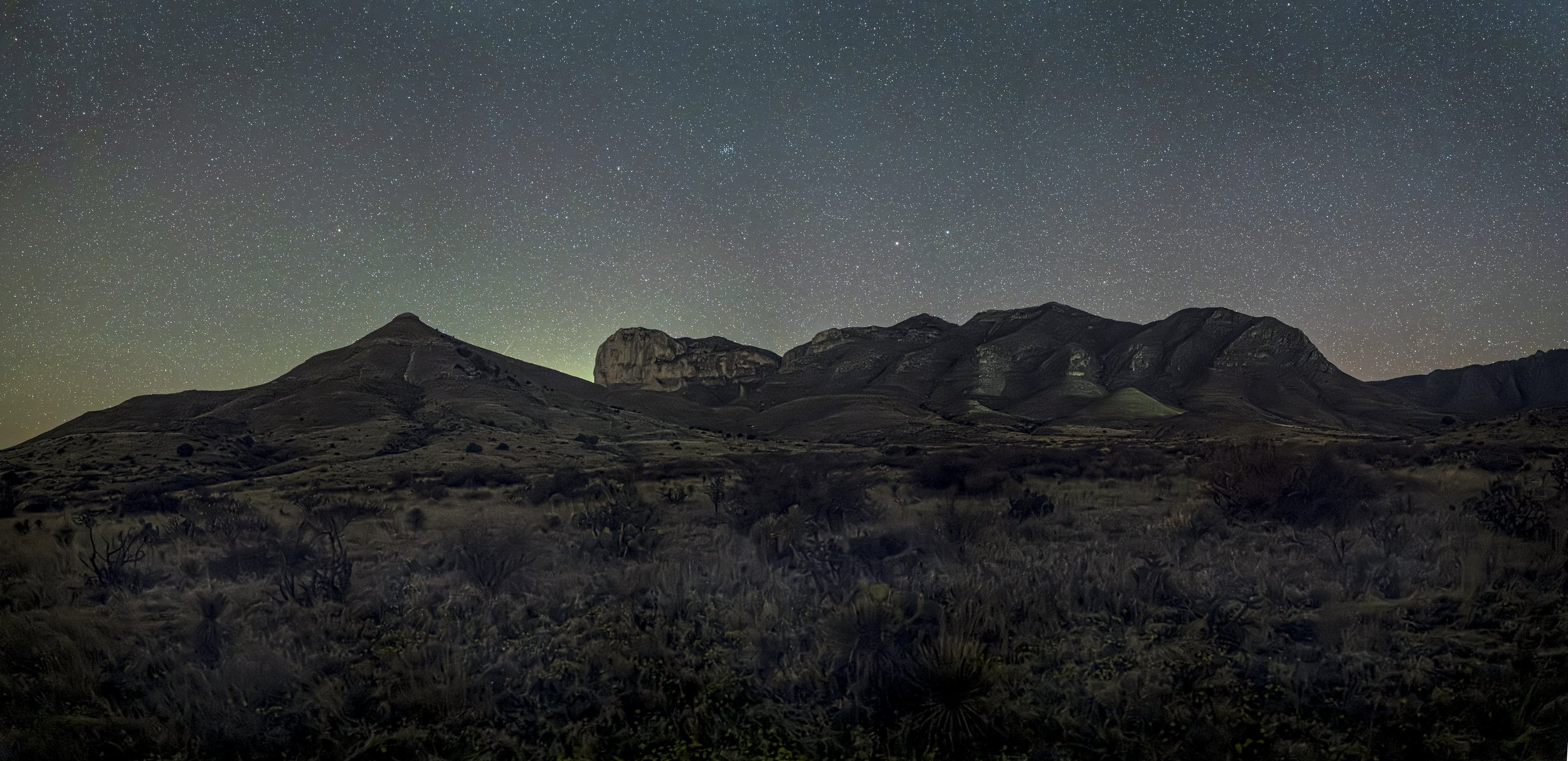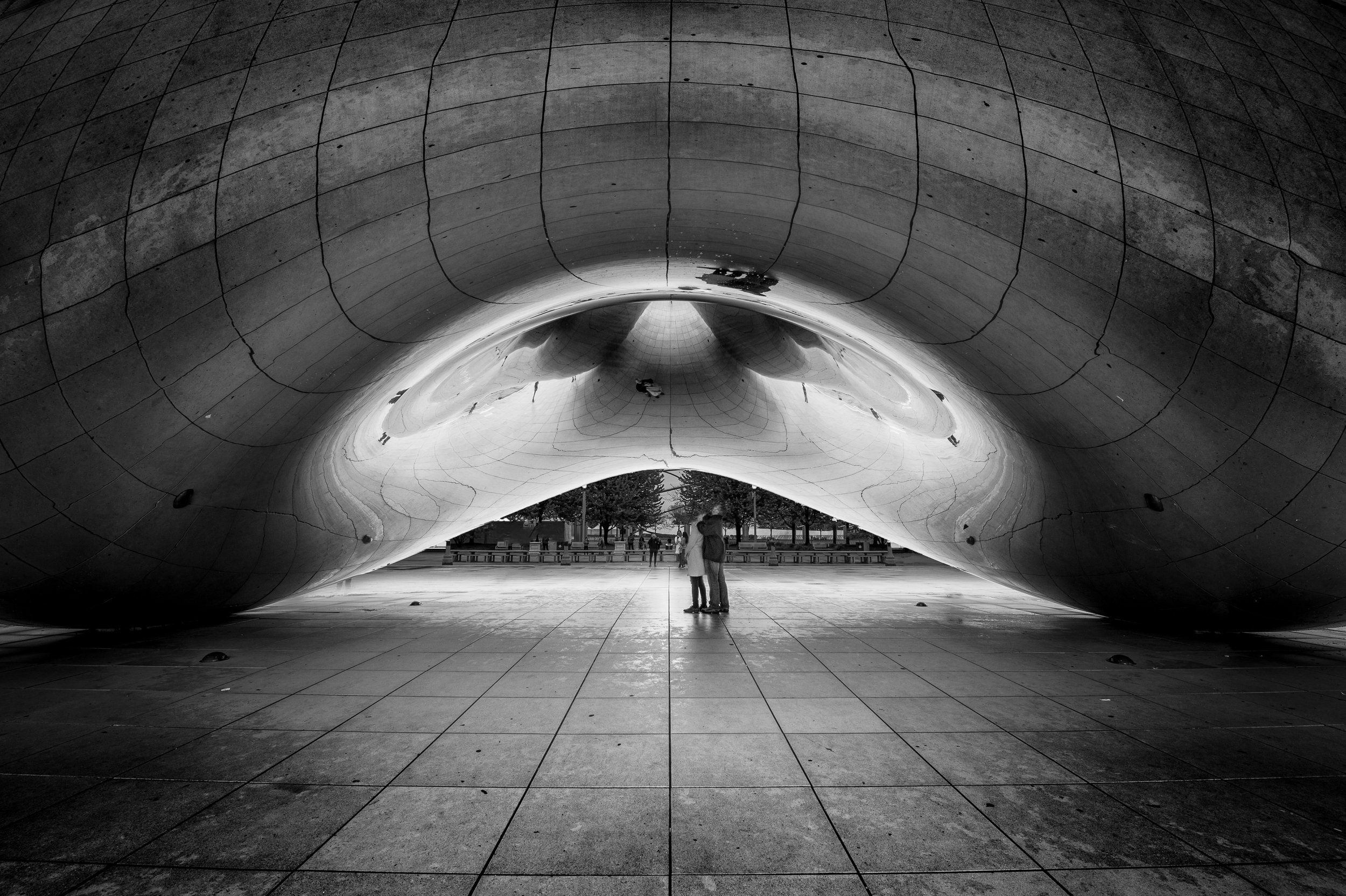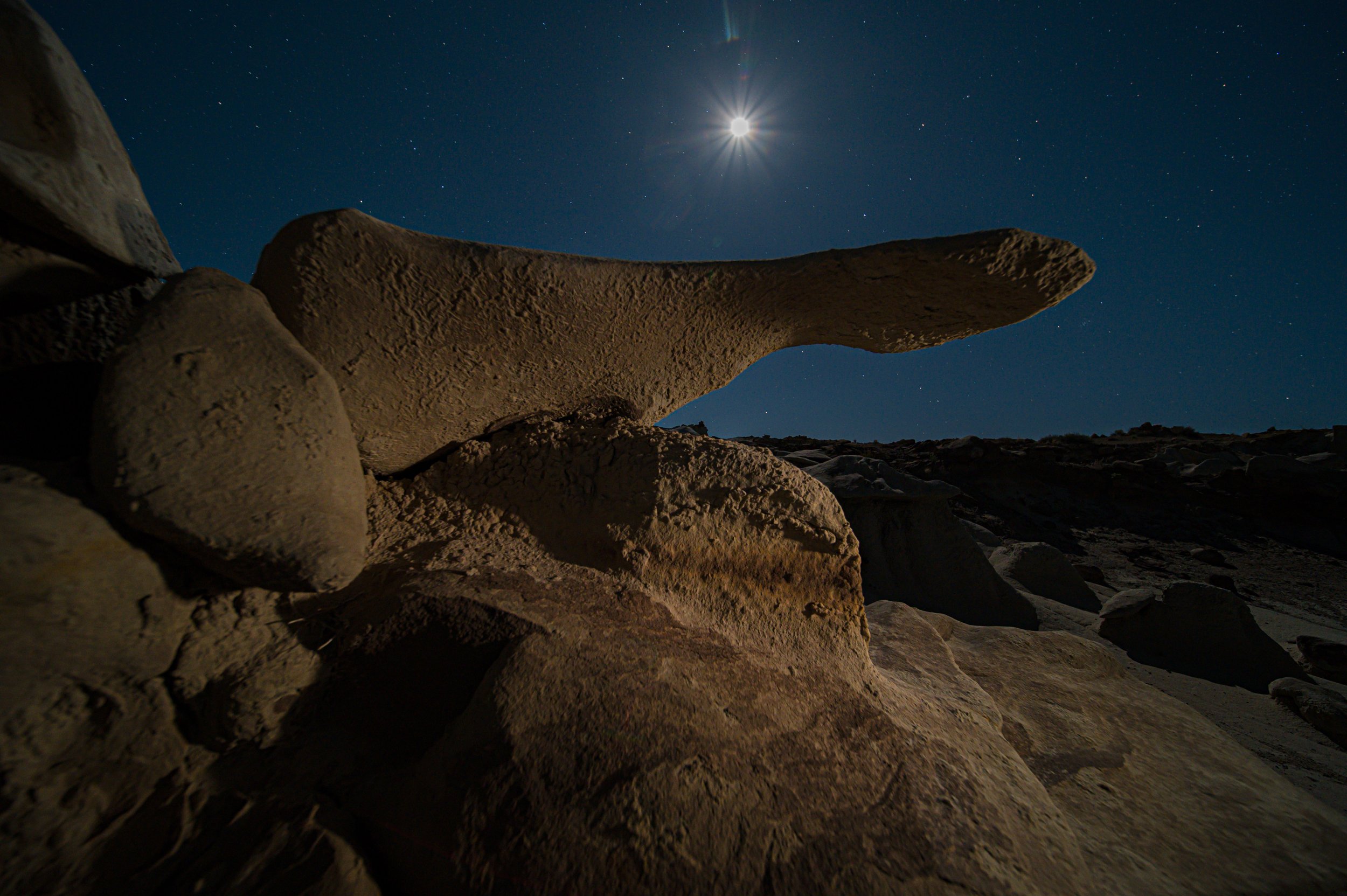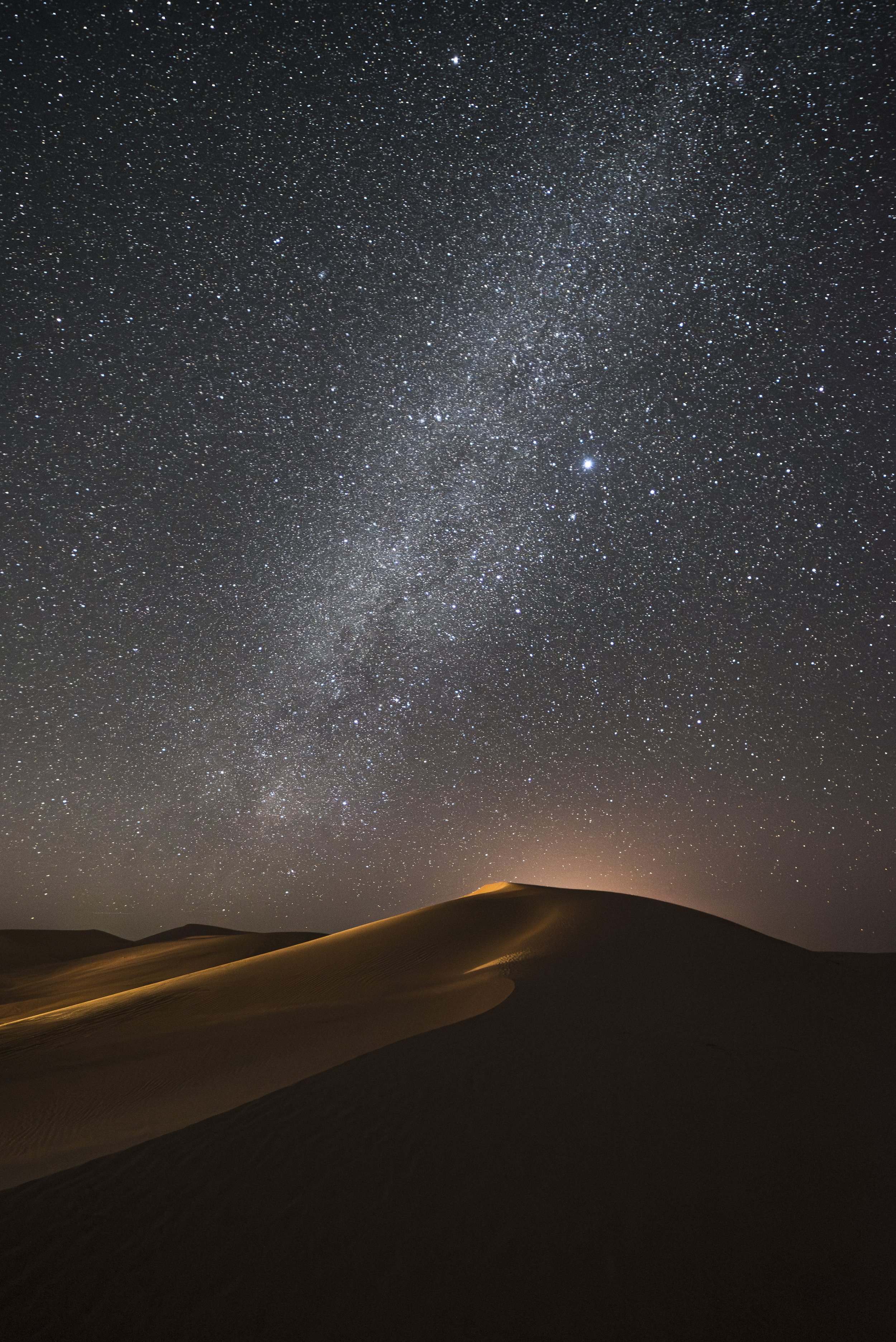Unless you live in the upper or lower latitudes, you can do night photography pretty much any day of the year. But opportunities for fireworks photography arise only every now and then—particularly, in the U.S., on and around Independence Day.
With that in mind, National Parks at Night wanted to offer some tips for those of you who might be heading out this weekend with cameras and tripods and perhaps some trepidation.
One thing to note: You’re in luck! This year Independence Day is falling right smack in the middle of a full moon, affording you skies as dark as local conditions allow.
Another note: Fireworks are prohibited in national parks. However, many other National Park Service units (especially national historic sites and national battlefields) hold special events over this holiday. You can photograph flag displays, battle reenactments, parades, etc. For more information about what’s going on near you or near where you’re traveling, a great resource is the National Park Service Event Calendar.
NPS Photo
Perhaps the best-known of those celebrations, of course, is the fireworks display at the National Mall in Washington, D.C. The show is launched from the Reflecting Pool in front of the Lincoln Memorial. Various vantage points in the area allow you to frame the fireworks along with the U.S. Capitol, Washington Monument, Vietnam Veterans Memorial, Martin Luther King Jr. Memorial, and so on.
Also, just because you can’t see fireworks in a national park doesn’t mean you can’t see them from a national park. For example, Bar Harbor, Maine, hosts a popular show over Frenchman Bay, which can be seen from many spots in Acadia. One of the hippest viewpoints? On top of Cadillac Mountain!
Now, from the NPAN crew, a few tips for getting some explosive images, no matter where you decide to photograph them.
Lance Keimig:
I want to start this off by pointing out that fireworks as a subject has been done extensively. So do a lot of thinking and a lot of experimenting to find a new way to approach the subject. I always advise to move beyond the clichés, and with fireworks, you have your work cut out for you.
That said, I have found that the most interesting photos include the spectators, illuminated by the glow of the fireworks. Also, be judicious with long exposures—it is easy to overdo it and include too many bursts in one shot, which can be overkill.
Gabriel Biderman:
Arrive early to stake out a good vantage point. This is especially important for fireworks shows in major cities, where photographers show up early in the morning to plant their tripods in the perfect spot. It’s like being first in line to a popular concert.
Scout the location and look for landmarks, bridges or other interesting foreground elements to give the image scale and drama. Often fireworks are shot over water—include the water and get fantastic reflections.
© Gabriel Biderman
You will be surrounded by people, which I do like to include in the image, but watch out and make sure they don’t bump into you and knock your tripod over. Also, use a lens shade to prevent flare from street lights.
Lastly, be aware of any downward smoke, because it can obscure fireworks or—if you are too close to the show—can just smoke you out! So strategically, try to avoid it physically and in your shots. As the show goes on, the smoke tends to linger and gather lower to ground (launch location). To compensate, I might shoot very wide and include the crowd or subject matter at the beginning of the show, but then shoot higher and tighter in the sky the more the smoke accumulates.
Tim Cooper:
Use a lens that will allow a composition wide enough to encompass enough of the sky to capture different bursts at different heights. Either focus it to infinity (unless you have a foreground reason not to) or, better yet, use hyperfocal distance to maximize depth of field.
Use a slow ISO (such as 100) and a medium aperture (such as f/8, or even smaller). Experiment. Set your camera to bulb and use a cable release to control the shutter.
© Tim Cooper
When ready to shoot, open the shutter and cover your lens with a black card to keep out any extraneous light. When you hear the sound of a firework exploding, remove the card from the lens and let the fireworks fly through your frame. When the bursts subside, cover the lens again and wait for the next explosion. Repeat several times, covering your lens in between bursts, so that you can “stack” multiple patterns onto one frame.
Matt Hill:
If you want to shoot and enjoy the show, then your intervalometer is your best friend. Or maybe your wing-man. (Pick whichever analogy works better for you.)
First, test for the right exposure. You can choose a fast shutter speed to capture many frames with a few explosions in each, or you can choose a long shutter speed to capture fewer frames with more explosions in each. Then find the right aperture and ISO (using Tim's advice above), and you have your exposure. You can do this pretty quickly, within the first minute or two of the fireworks display.
© Chris Nicholson
Once that's done, get the intervalometer configured. Set your interval to 1 second, and the number of photos to infinite or a couple hundred. (You can do the math to figure out exactly how many frames to shoot, but why bother? Just set it to keep firing.) Finally, simply start the sequence, walk away and enjoy the show! When the fireworks are over, stop the sequence.
Voila! You've shot a whole fireworks display while sitting down and feeling like a kid.
Chris Nicholson:
If the fireworks start before the sky is dark and the sky is too light for a long exposure, it's a perfect time to get a neutral density filter out of the bag. A 3-stop filter (or even less) should do the trick. It will allow you to shoot longer, catching more bursts (and complete bursts), which is kind of key in the sparser, early moments of a pyrotechnics show.
Also, if you know the display is beginning in twilight, try to get an east-facing position, which will give you a darker-sky background than if you were facing west.
Framing can be tricky, because it's nearly impossible to precisely predict where the blasts will occur and how large they'll be. So frame loosely to get everything, then crop to taste in post-production.
© Chris Nicholson
Finally... please, please, please keep safety in mind. I’ve been to all sorts of fireworks shows, and one of the most impressive I’ve ever seen and photographed (a few times) was a local “passionate amateurs” display put on in a beachfront neighborhood of my old hometown. Everything is exploding right over you or the nearby water, making it at once spectacular and terrifying. In the few years I attended, I saw a few firework-human near collisions.
Should you shoot this type of event, be sure not to keep your eye stuck to your viewfinder—frame your photograph, then stick your eyes to what’s happening around you. Also, consider wearing eye and ear protection if you’re close to the launch area.
From All of Us:
All the best for doing some great work, and have a very Happy 4th of July!







